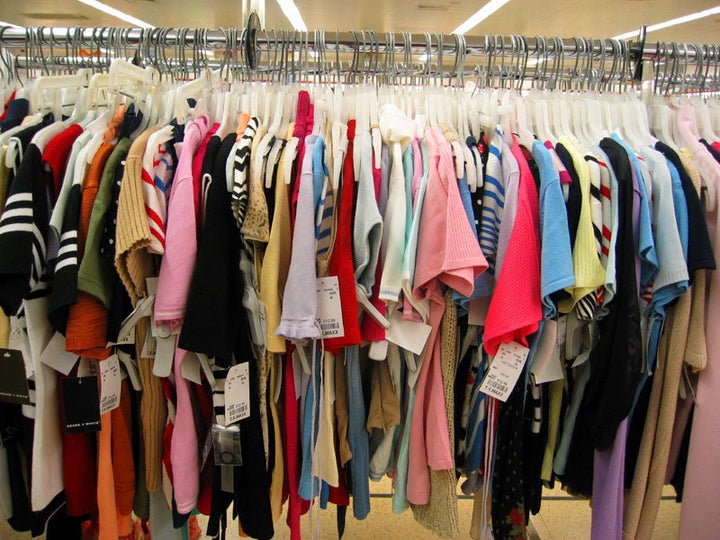
The U.S. Census estimates there will be 10 billion people on our planet by 2050 as countries like India and China explode into the middle class, a growth rate that imposes increasing strains on the world's landfills.
But when it comes to textile waste, these countries actually aren't the problem. Turns out, we are.
Along with our neighbors in the western hemisphere, we've established a track record for high volume clothing waste in the U.S. The average American, for instance, consumes over 60 pounds of new clothing a year, and only recycles about 15% of it via thrift stores, charity or clothing swaps.
We might naturally assume that pattern will repeat itself across Africa and Asia. But what we're seeing is the opposite.
Unlike us, emerging economies help protect the environment by consuming millions of tons of second-hand clothing each year, turning U.S., European and even their own cast-offs into repurposed goods to wear and trade. By using our old materials, they're helping power their economies and effectively diverting millions, if not billions, of tons of used clothing from our landfills every year.
And why shouldn't they? Most Westerners get rid of their clothes simply because they're outdated or too big or small -- not because they're unwearable. Perfectly good clothes go to the garbage by the millions of pounds, when they should be spared and reworn. There are billions of people on this planet who've proven they can find a use for it.
So, what lessons can we learn from these countries? How can we take cues from China and India when it comes to keeping global textile waste to a minimum?
Well, first we must expand our existing global eco-system, the one that funnels wearable garments from original consumers to second-hand consumers, especially those in developing countries where people need affordable clothing options. If we keep it up, there will be less demand for new clothing in all countries including China and India, as their middle class grows, and an overall reduced carbon footprint for all of us.
Second, and most important, we Western shoppers should really think about the amount we consume. Ask: do I buy too many new clothes every year? Will I really wear this? Should I buy one good quality piece instead of ten poor-quality garments that I'll throw away in a season, maybe without even wearing once? By reducing clothing consumption and even buying used ourselves every once in a while, we can make a difference.
Secondhand clothing, handled the right way, has the power to make a serious impact on our planet's health. To meet growing demand for clothing without sacrificing the health of our planet, we must find sustainable textile solutions. We can start with what we've already got: an existing mountain of wearable clothes.